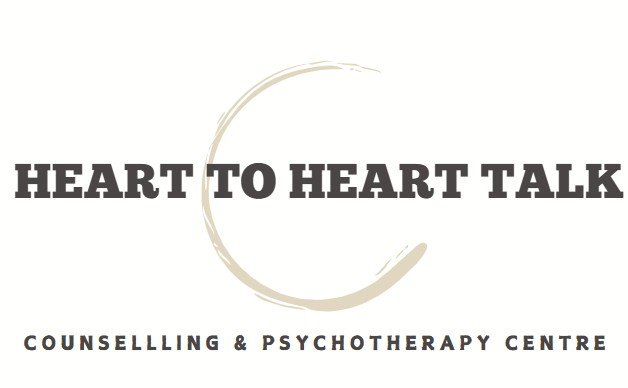Exercises To Calm Your Anxious Thoughts
Anxiety can feel overwhelming, but the good news is there are simple exercises you can do to help calm your mind and regain control. Whether you’re experiencing a racing mind, tightness in your chest, or just a general sense of unease, these exercises can help soothe your anxious thoughts and bring you back to a place of calm.
1. Deep Breathing
One of the quickest ways to calm your nervous system is through deep breathing. When we’re anxious, our breath becomes shallow and quick. Deep breathing activates the body’s relaxation response, helping to reduce stress and anxiety.
How to Do It:
Sit or lie down in a comfortable position.
Breathe in slowly through your nose for a count of 4.
Hold your breath for a count of 4.
Exhale slowly through your mouth for a count of 6.
Repeat for 3-5 minutes, focusing on the sensation of your breath.
2. Grounding Exercise
Grounding exercises are great for when your thoughts feel out of control. This technique helps you reconnect with the present moment and your surroundings.
How to Do It:
Find a comfortable seat or stand tall.
Look around and name 5 things you can see.
Focus on 4 things you can feel (e.g., the texture of your clothes, the ground beneath you).
Acknowledge 3 things you can hear (birds chirping, the hum of traffic).
Notice 2 things you can smell (perhaps a candle or fresh air).
Focus on 1 thing you can taste (a sip of water or the taste in your mouth). This exercise anchors you to the present moment, easing anxiety and distracting your mind from overwhelming thoughts.
3. Progressive Muscle Relaxation
Tension often accompanies anxiety, and progressive muscle relaxation (PMR) helps to release that physical tension. By focusing on different muscle groups, you help signal your body to relax.
How to Do It:
Start by tensing a muscle group (e.g., your fists) for 5 seconds, then release.
Move to another area (e.g., your shoulders, legs, or jaw), tensing and relaxing each one.
Continue this pattern for your whole body, moving from head to toe.
4. Mindful Meditation
Mindfulness meditation involves focusing your attention on the present moment, allowing you to detach from anxious thoughts.
How to Do It:
Sit comfortably with your back straight and eyes closed.
Focus on your breath, noticing how it feels as it enters and exits your body.
If your thoughts wander, gently bring your focus back to your breath without judgment.
Start with 5-10 minutes and gradually increase the duration as you become more comfortable.
5. Visualization
Visualization is a powerful tool for calming anxiety. By picturing yourself in a peaceful, safe place, you can help quiet your mind and reduce stress.
How to Do It:
Close your eyes and take a few deep breaths.
Imagine a calming place, whether it’s a beach, forest, or a quiet room.
Visualize the sights, sounds, and feelings of that place—imagine the breeze, the smells, or the warmth of the sun.
Allow yourself to fully immerse in this peaceful image for a few minutes.
Conclusion
Anxiety is a natural part of life, but it doesn’t have to take over. These exercises can help you regain control, calm your mind, and find peace in the moment. The more you practice, the easier it becomes to manage anxious thoughts and bring yourself back to a state of calm. Remember, you don’t need to be perfect—just take it one breath at a time.

